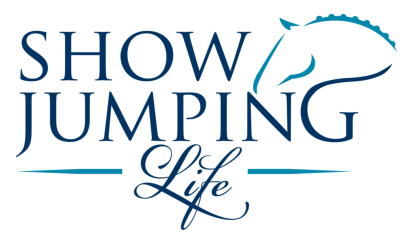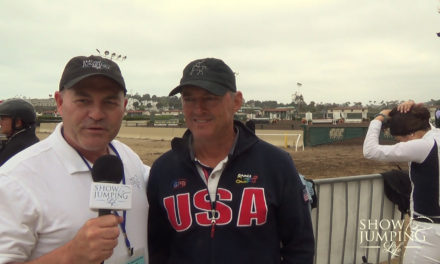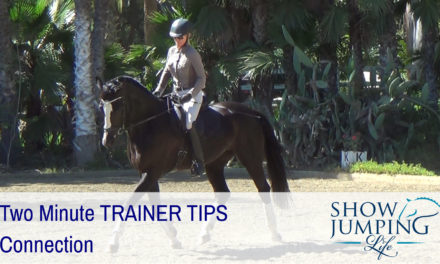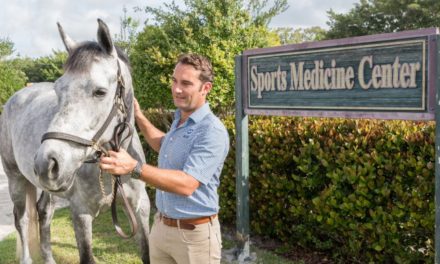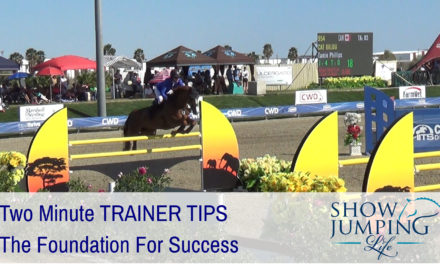Equestrian Training Scale: Impulsion – Video
US Dressage Federation (USDF) gold, silver and bronze medalist, Lena Nordlof-Davis, explains and demonstrates Impulsion as it relates to the Equestrian Training Scale (aka Training Pyramid).
The principles outlined in the training scale form the foundation to help you reach your full potential in show jumping. From the German Training Scale it is called Schwung (Impulsion).
What Is Impulsion?
This is where we’re looking for the horse to start engaging in his hind quarters and working over the back.
Many people confuse impulsion with speed.
One good way to understand impulsion and develop your skills is to go across the diagonal of an arena in a normal trot or cantor while counting your steps.
Next, do the same thing but with a lengthened trot or cantor.
If you have the same number of steps to cover the same distance, you’re not generating impulsion.
In fact, impulsion is air time. Therefore, with a lengthened stride, the horse should spend more time in the air and therefore take fewer steps to cover the same distance.
Impulsion is necessary to generate the power at take-off in show jumping. Similarly in dressage to accomplish flying changes, pirouettes, piaffe and passage.
Ultimately, we’re looking for the horse to start taking a little bit more weight on his back legs. You can think of it like a power boat where the engine drives from behind and this causes the back-end to dig down slightly while the front end lifts up.
Learn more about Lena Nordlof-Davis at her website.
